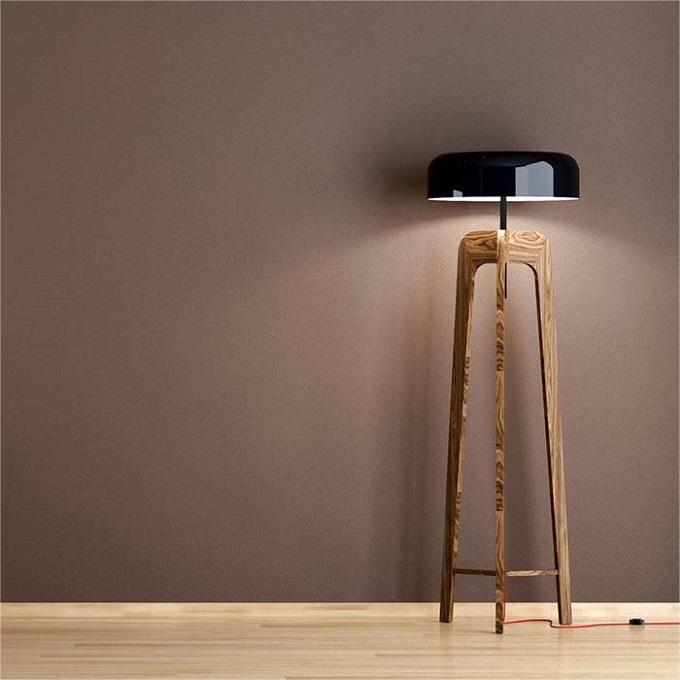
LED lighting is one of the most popular lighting trends today. It is an energy efficient, sustainable, and affordable alternative to traditional lights. Moreover, it is also attractive and provides good quality light.
The industry is expected to grow in the coming years. This growth is driven by the rising awareness about energy efficiency and government initiatives to promote the use of LED lights. Besides, there is also an increase in the demand for LED lighting in commercial buildings.
Currently, the market is fragmented with many regional and international players. However, major players in the industry are focusing on expanding their customer base internationally. They are leveraging strategic collaborative initiatives to improve their market presence. In addition, there are new players emerging in the LED lighting market that are also boosting their market share.
As a result, the demand for LED lighting in Asia Pacific is expected to increase significantly. For instance, the Indian government has announced plans to develop 100 smart cities by 2023. In order to facilitate capitalization opportunities, the government of China has invested in the development of small cities in the region. And the governments of Spain and Singapore have invested in local projects. Also, the recent developments in micro and nanotechnology have greatly reduced fabrication costs.
With the help of new manufacturing processes, a variety of arrays of LEDs are now possible. These can be used for a wide range of products. One example is a flexible in-molded LED foil that was developed by a Finnish research center. Another example is the roll-to-roll process that makes a flexible LED display by integrating printed electronics with a thin film of LED. There are also new technologies that allow for custom beam control.
The future of LED lighting is exciting. It has the potential to change the world for the better. Today, it is used for everything from climate control to signage and display devices. In addition, it is environmentally friendly, reducing the need for harmful chemicals and mercury.
Li-Fi is the next step in the advancement of LED technology. It offers high-speed wireless data communication using light instead of radio waves. Compared to Wi-Fi, it has the capacity to transmit data at a rate of 100 times faster. Several companies are currently investing in this technology. Some of them include Panasonic, Wipro, and SIgnify.
Recent developments in the LED lighting industry are showing no signs of slowing down. In fact, the market has increased in the last decade. Moreover, the transition to energy-efficient lighting is anticipated to decrease global electricity usage by 30-40 percent in the coming years.
While the LED lighting market is still in its early stage, there are still plenty of possibilities for it to expand. A recent report by SkyQuest, a leading growth consulting firm, analyzes the current state of the market and offers an insight into the latest trends. It helps businesses gain an advantage over their competitors by providing comprehensive analysis and market intelligence.




